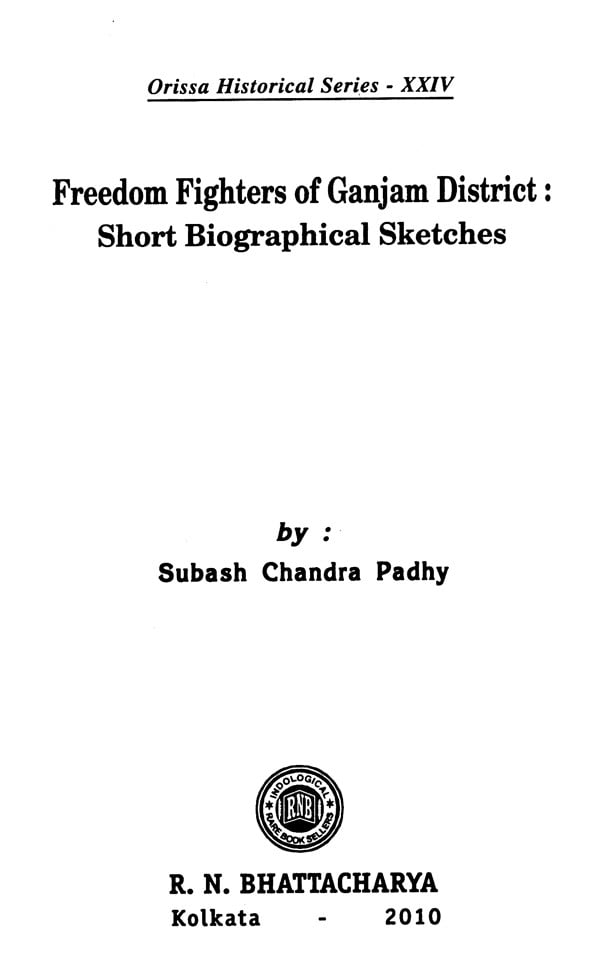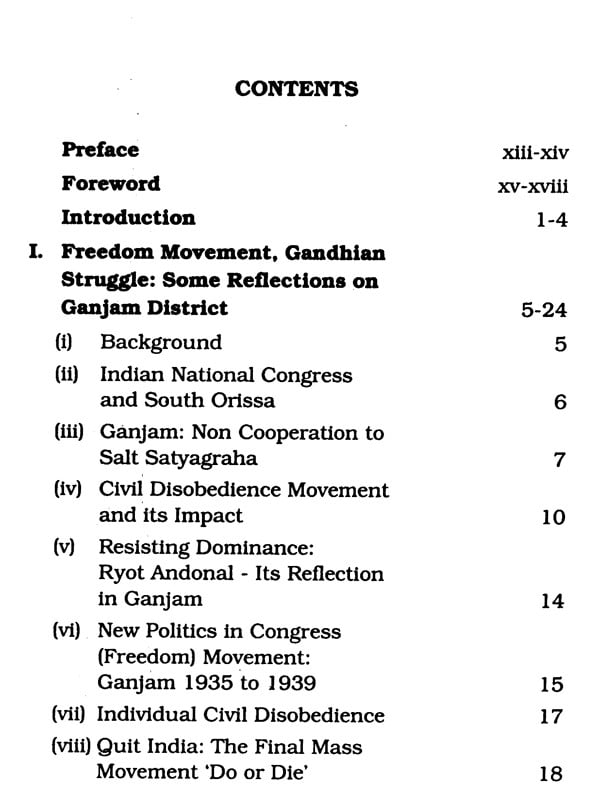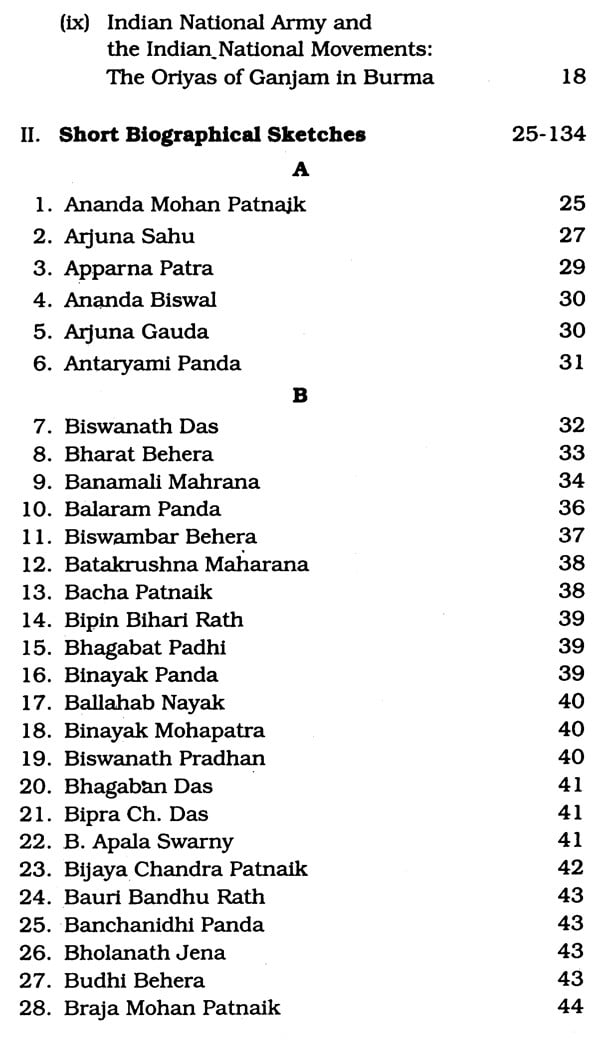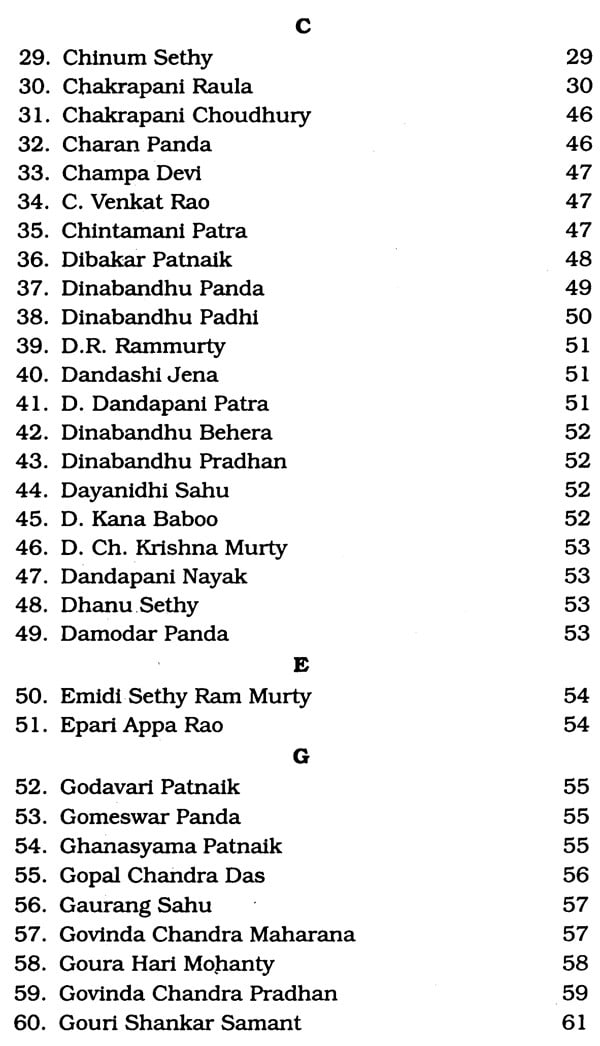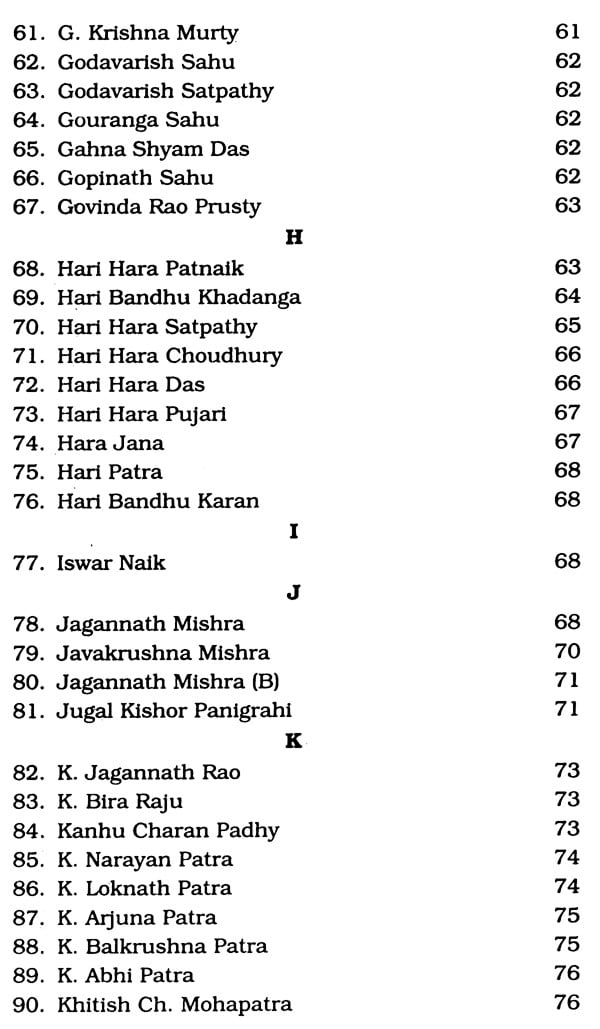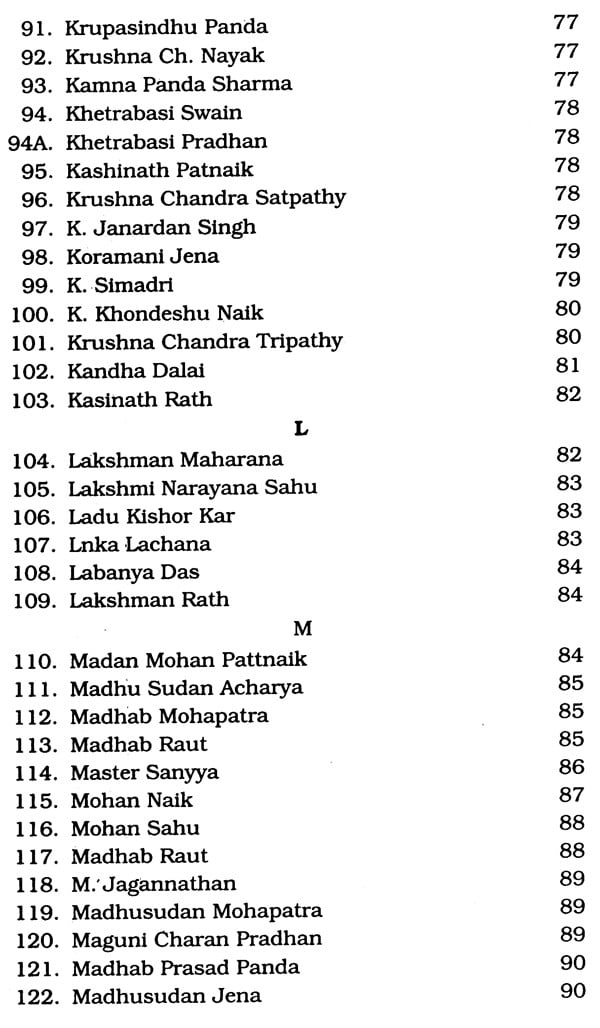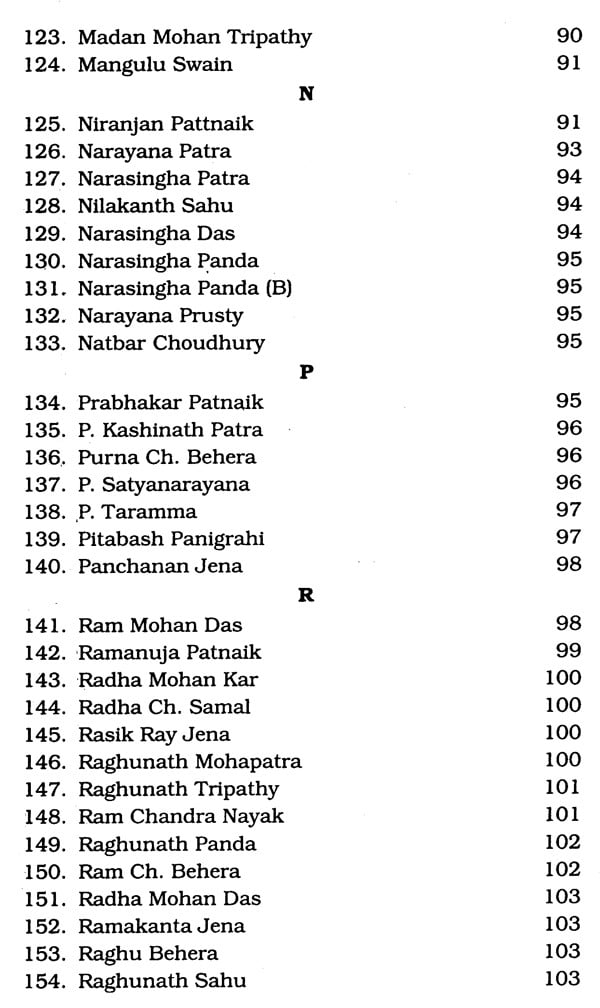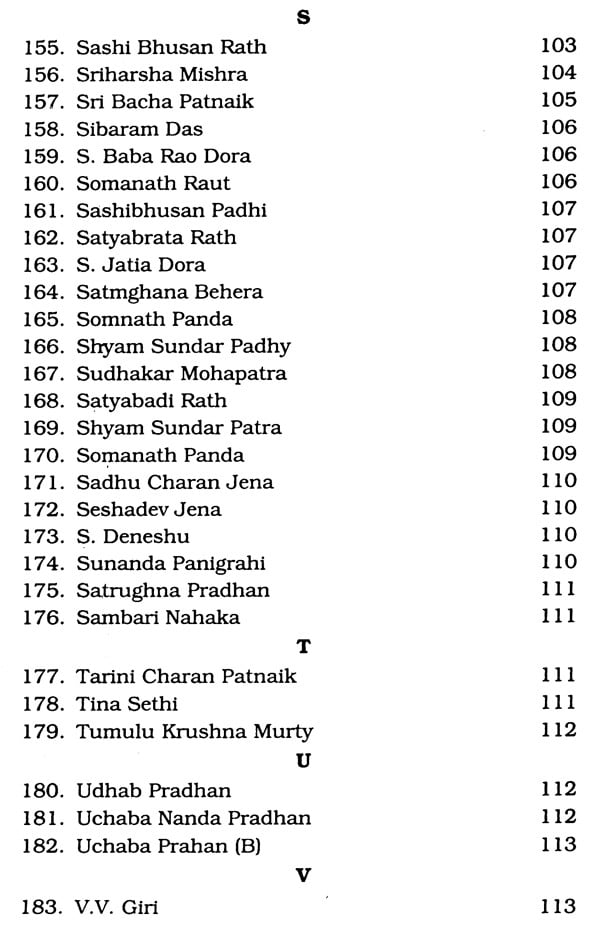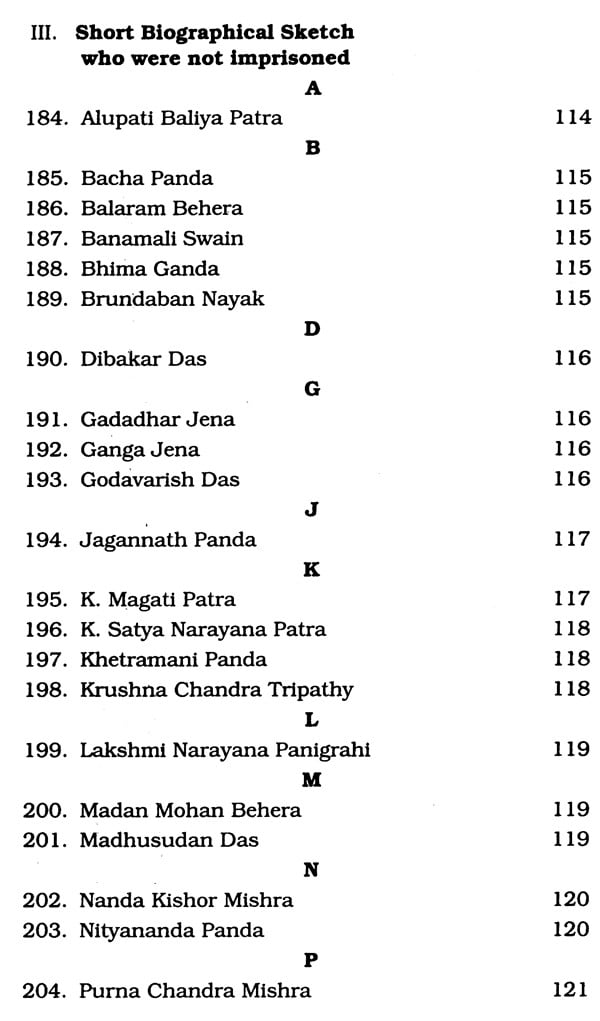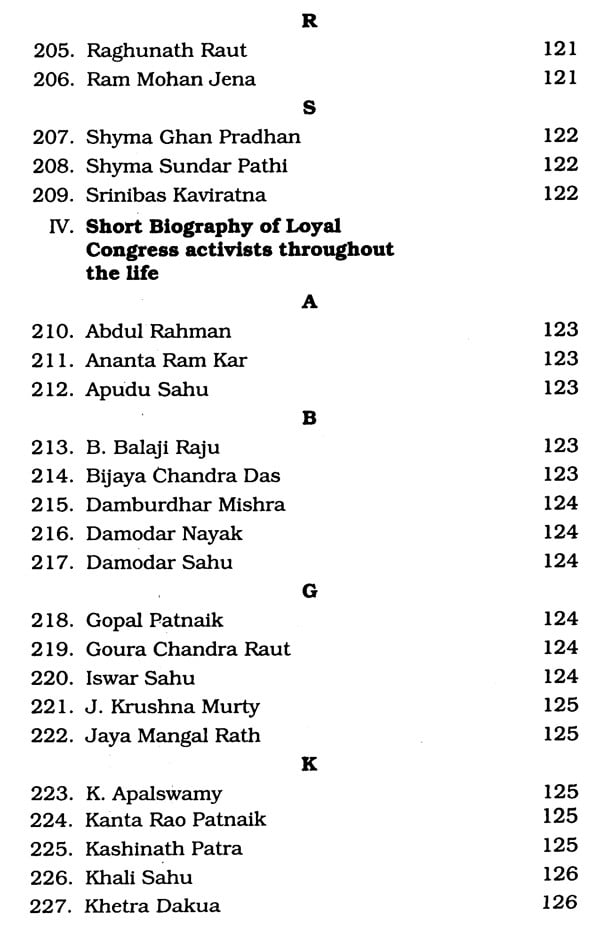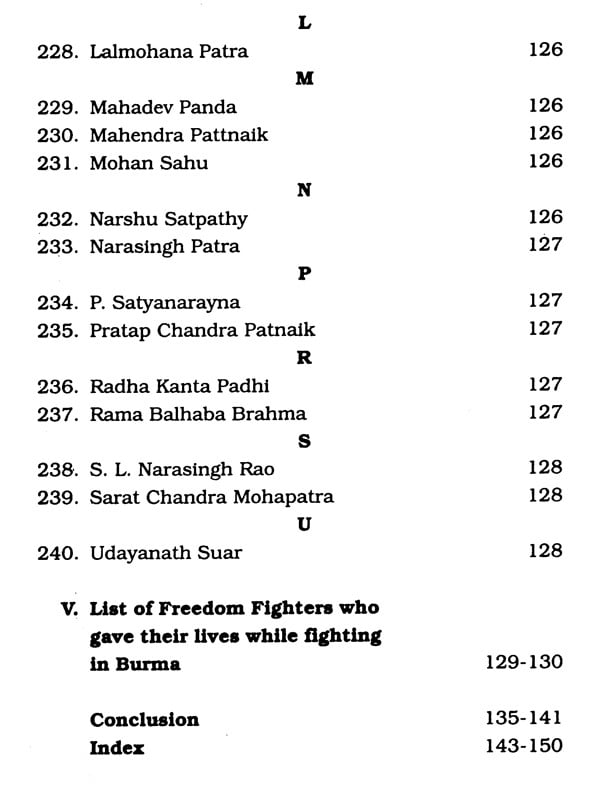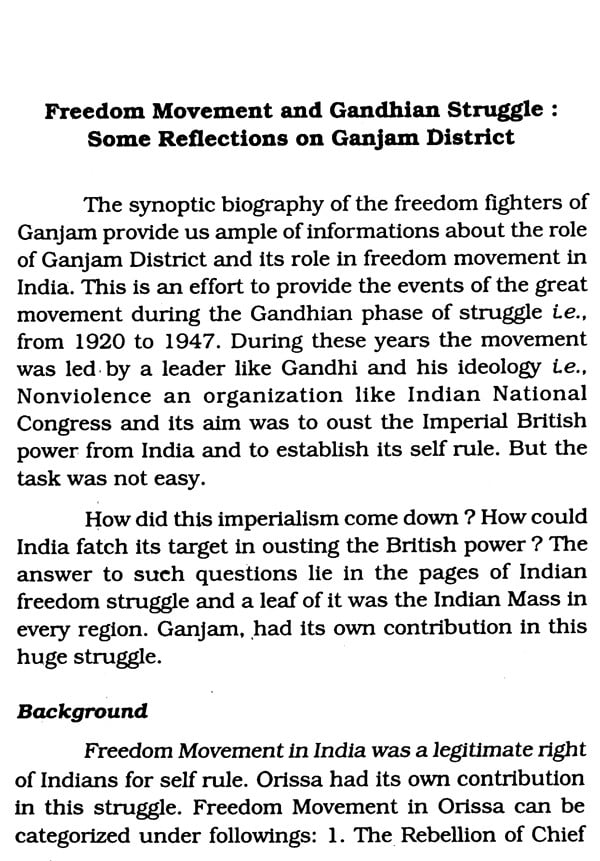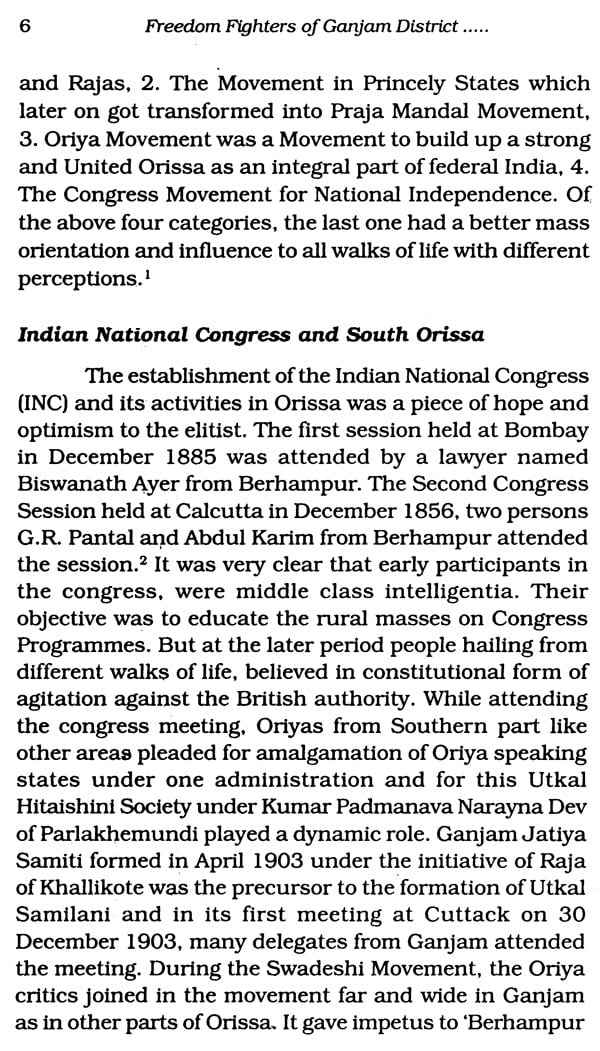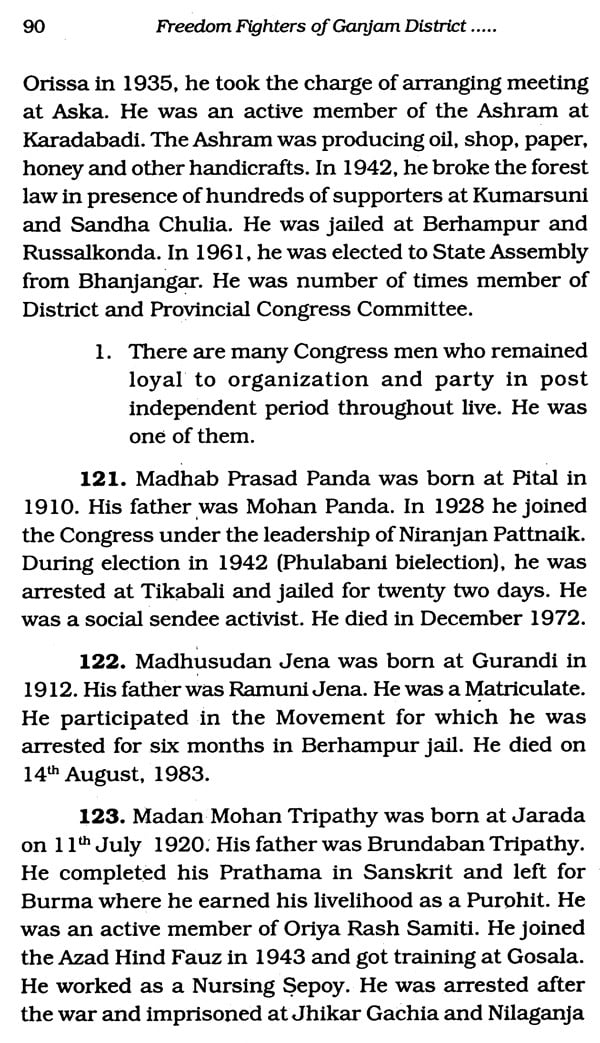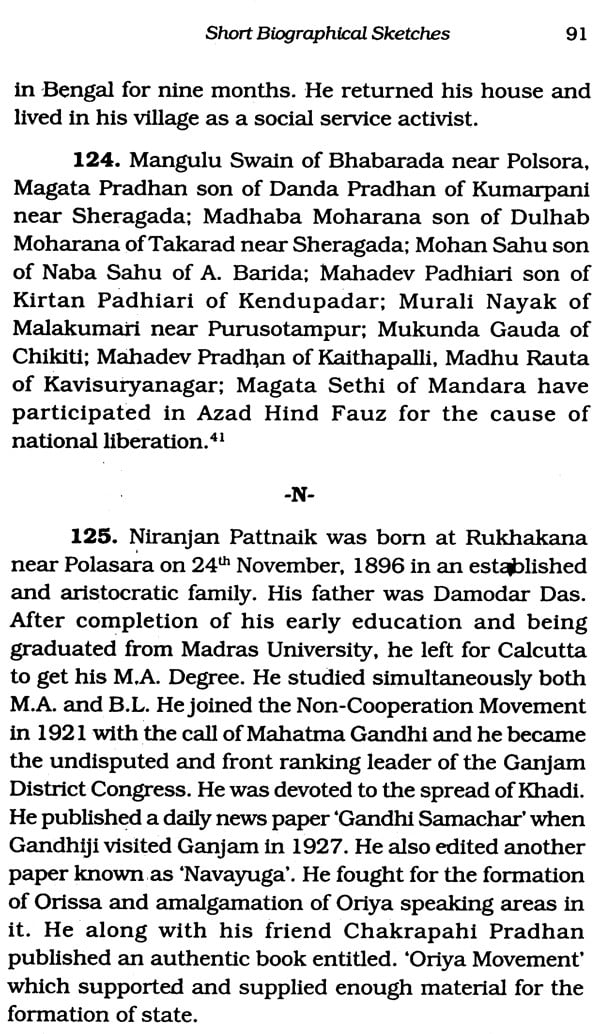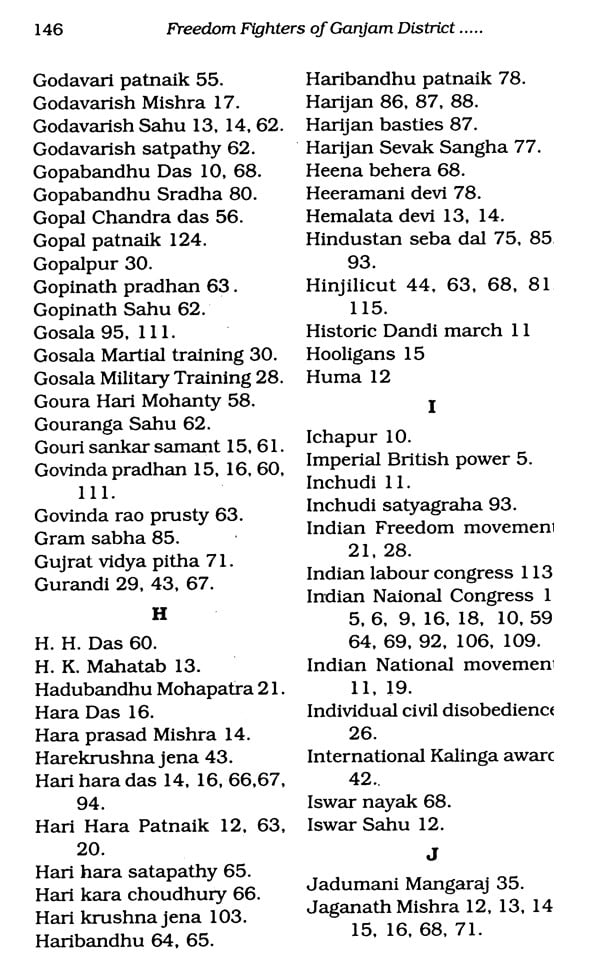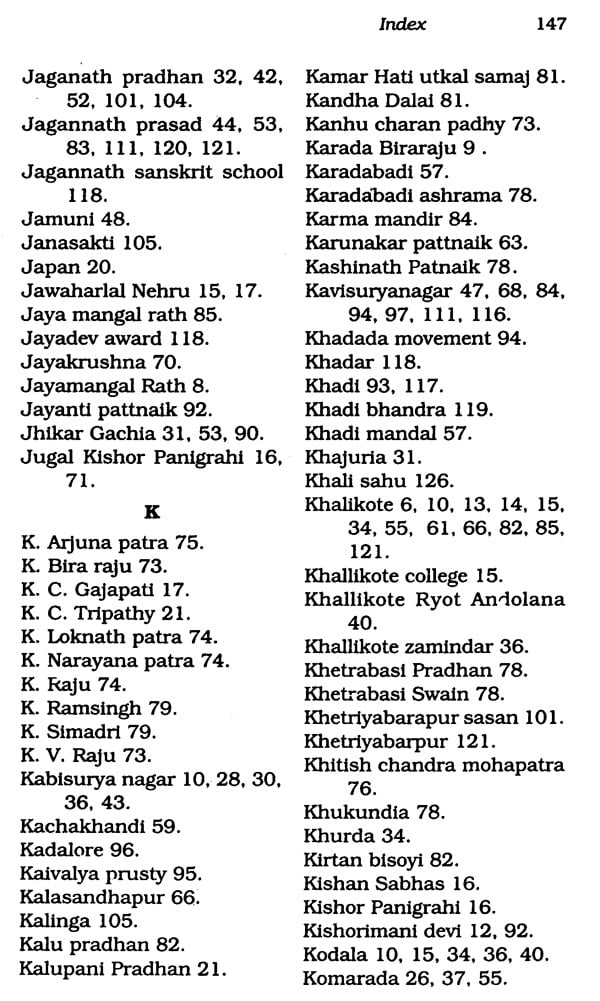About the Book Indian National Congress and South Orisa Ganjam : Non Co-operation to Salt Satyagraha Civil Disobedience Move ment and its Impact Resisting Dominance : Ryot Andonal-Its Reflection in Ganjam New Politics in Congress (Freedom) Movement: Ganjam 1935 to 1939 Quit India: The Final Mass Movement 'Do or Die' Indian National Army and the Indian National Move ments: The Oriyas of Ganjam in Burma.
About the Author Prof. Subhash Chandra Padhy is working at post Graduate Department of History, Ber hampur University, Orissa. He is the author of British Rela tion with chiefs and Rajas of Orissa 1803-1856 (1986); Tribals of Orissa Their Problem and prospects (2000); Freedom Movement: Prelude to Seque (2001); edited Socio cultural History of Orissa (1998) and Co-editor (with Prof, S. K. Panda) Society, Culture and Polity in Eastern India (1999). He is presently working on Placing Tribals in History: A Comparative Study of India and Canada.
Foreword The birth of-a nation is no ordinary event and for India it was a rebirth. This did not happen by chance. That came about as a result of the personal commitment and sacrifice of countless people, to the cause of Indian Independence. The majority of the freedom fighters were simple folk and they were inspired and guided by men and women of vision and ideal, leaders who understood the tricky game of political power. There were scholars and lawyers, thinkers and writers. Some were unbending in their demands, others flexible in the name of realism, some were convinced the iron hand of Britain would understand only brute force, some would adopt terror as the tactic, others preferred non-violence as the strategy. Every mode played its separate role and even complemented each other in reaching the ultimate goal. Had it not been for the hardliners, Britain may not have heeded the demands of the gentler pleas. Had it not been for the non-violent protests, the terrorists might have provoked more ruthless repression and the rest of the world would have been less sympathetic to India's cause (V.V. Raman, 100 names of India's Past, Bombay, 1989, p. 163).
Preface Violent resistance to colonial rule was there for centuries but the first systematic political challenge arose with the establishment of Indian National Congress started in 1885. But Mohan Das Karam Chand Gandhi completely discarded the early theory of violence and opted non-violence for the Indian struggle. He led a campaign of Satyagraha: Passive Civil Disobedience and the boycotting of foreign goods. His distant voice is "Passive resistance... is superior to the force of arms... even a man weak in body is capable of offering this resistance. One man can offer it as well as millions. Both men and women can indulge in it. Control over the mind alone is necessary and when that is attained man is free like the king of the forest and his every glance withers the enemy".
(M.K. Gandhi describing his ideas on passive resistance in 1909, Encyclopaedia of World History, U. K., 1999, p. 35.).
He dedicated himself to obtaining Indian independence from the British empire through nonviolent action which he accepted as a principle. But, non-violent might be a political strategy of Gandhi. Because, had it been a violent revolution, Gandhi would not have converted the Indian National Movement into a Mass Movement.
Introduction Colonialism is a practice in which one country dominates another for economic gain, Imposing its own language and culture to control native people. The British colonial empire remained almost unchanged until the Second World War. The immediate post war period war weary imperial British power failed to restore colonial control. The decolonization started with India getting its independence on 15th August 1947. As the colonial power took centuries to make India a colony, India took less than a century to decolonize England. Ofcourse there were violent resistance all along to colonial power. The first systematic political challenge arose with the Indian National Congress started in 1885 which could able to rise the nationalist sentiment. Nationalism became the major impulse behind Indian independent movement.
Nationalism is the belief in the union of people who share a common culture, language and belief into one Nation State.
**Contents and Sample Pages**
